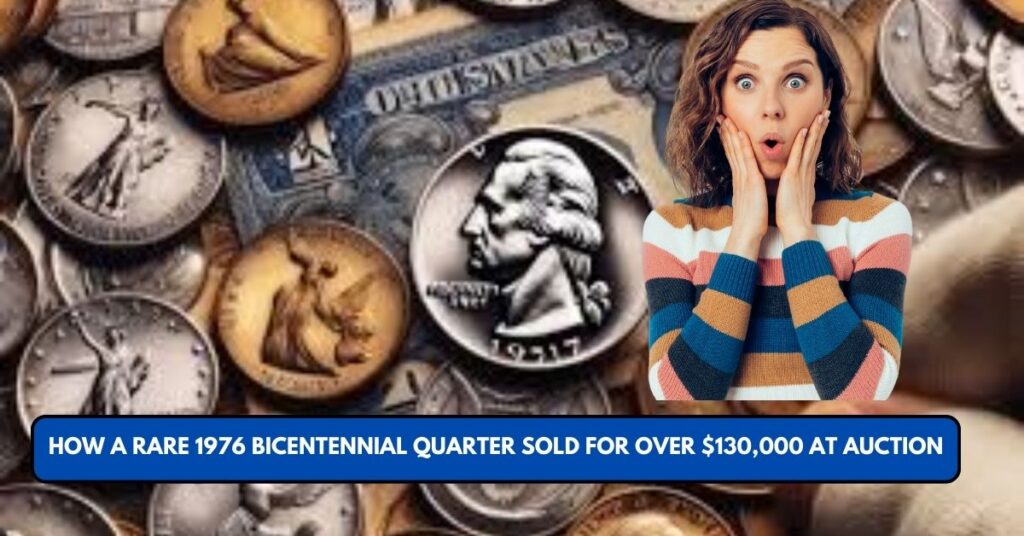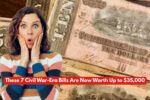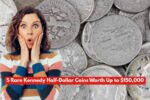The Bicentennial quarter, minted in 1975 and 1976, has recently taken the numismatic world by storm after reports surfaced of a rare example fetching an astonishing $130,000 at auction.
With millions of these quarters still in circulation, collectors and everyday people alike are eager to check their pockets and coin collections in hopes of striking gold. But what makes some of these quarters so valuable, and how can you tell if you own one of these rare finds?
Understanding the Bicentennial Quarter
Bicentennial quarters were produced to commemorate the 200th anniversary of the United States’ independence. These quarters feature a distinctive design by Jack L. Ahr, which showcases a colonial drummer boy on the reverse, along with the dual date “1776–1976.”
The U.S. Mint released these quarters in different compositions:
- Clad (Copper-Nickel): The most common variety, produced in Philadelphia and Denver.
- 40% Silver: Special collector’s editions minted in San Francisco (marked with an “S”).
While most Bicentennial quarters are still only worth their face value, certain rare editions have commanded significant prices in the collector’s market.
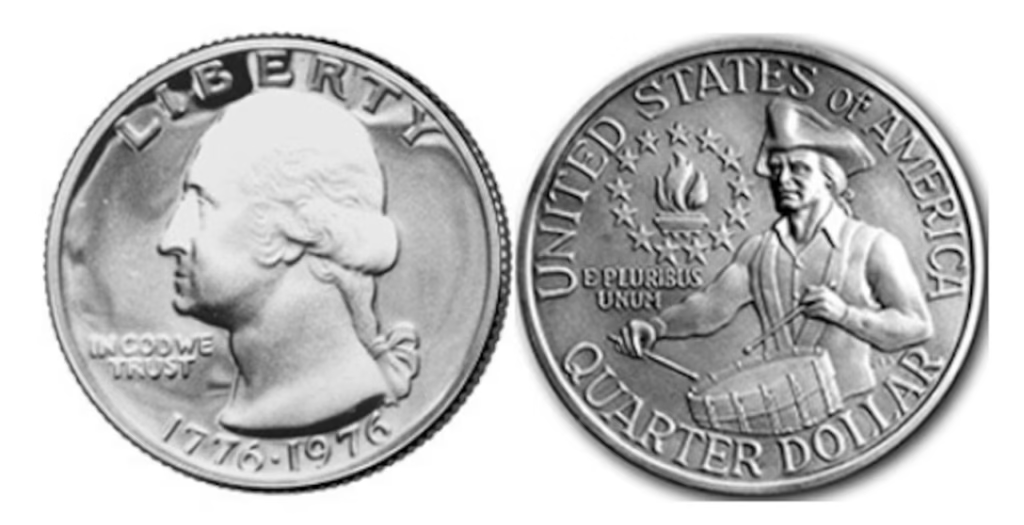
The $130,000 Bicentennial Quarter: Fact or Fiction?
While reports of a Bicentennial quarter selling for $130,000 have captured the public’s imagination, documented auction results show that the highest recorded sale for such a coin has been closer to $19,200. This sale involved a 1976-S Silver Bicentennial Quarter in pristine condition, which was auctioned off due to its exceptional state and rarity (source).
The purported $130,000 valuation would likely apply only to a coin possessing unique features such as extreme minting errors, a near-flawless grade (MS-70), or provenance linking it to an important historical event.
How to Identify a Valuable Bicentennial Quarter
If you’re wondering whether your Bicentennial quarter could be worth thousands, here are key factors to consider:
- Mint Mark: Check for an “S” mint mark, which indicates a silver composition. Coins from Denver (D) or Philadelphia (no mint mark) are less valuable.
- Composition: The most valuable Bicentennial quarters are 40% silver. You can test this by weighing the coin—silver quarters weigh slightly more than their copper-nickel counterparts.
- Condition & Grading: Coins in Mint State (MS-67 or higher) or Proof (PR-70) condition command the highest values.
- Rare Errors: Some Bicentennial quarters contain double die errors, off-center strikes, or missing clad layers, which significantly increase their value.
Recent Auction Prices for Bicentennial Quarters
While most Bicentennial quarters are only worth 25 cents, some exceptional ones have sold for thousands:
- 1976-S Silver Bicentennial Quarter (MS-69) – Sold for $19,200
- 1976-D Bicentennial Quarter with an error (Double Die) – Sold for $6,000
- 1976 Bicentennial Quarter struck on a 90% silver planchet – Sold for $13,500
These figures show that while some Bicentennial quarters can be valuable, a six-figure sale is extremely rare and likely exaggerated.
Where to Get Your Quarter Appraised
If you suspect your Bicentennial quarter may be valuable, consider getting it authenticated and graded by professional organizations such as:
- Professional Coin Grading Service (PCGS) – www.pcgs.com
- Numismatic Guaranty Corporation (NGC) – www.ngccoin.com
- American Numismatic Association (ANA) – www.money.org
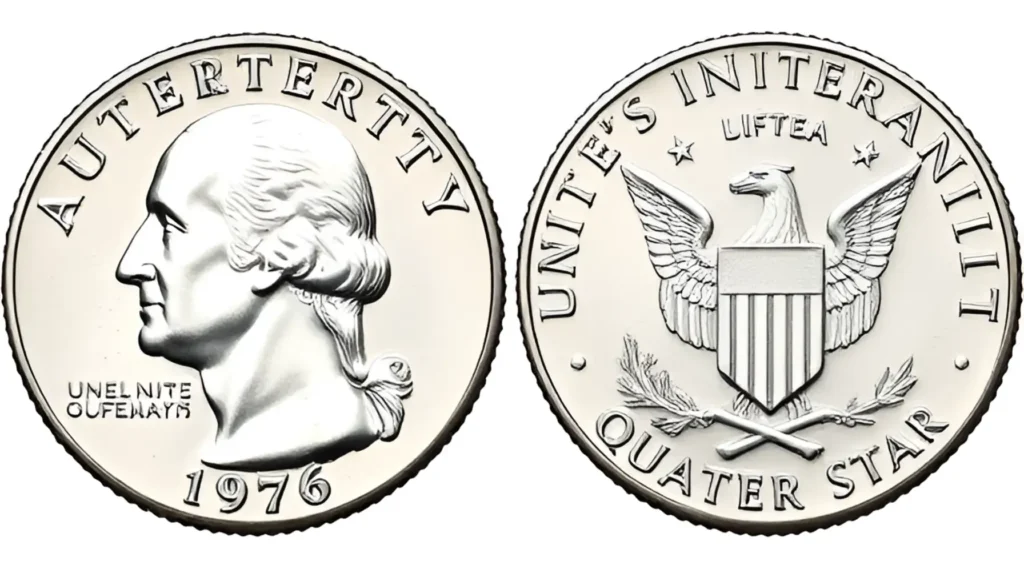
Should You Hold or Sell?
If you own a high-quality Bicentennial quarter, you may wonder whether to hold onto it or sell. Coin values fluctuate based on collector demand and market trends. If your coin is graded MS-67 or higher or contains an unusual mint error, it may be worth selling at auction while interest is high.
Final Thoughts
The excitement around Bicentennial quarters is a testament to the fascinating world of numismatics. While most Bicentennial quarters remain common, rare silver versions, error coins, and high-grade specimens can command significant prices. The idea of a $130,000 quarter may be more myth than reality, but valuable Bicentennial quarters certainly exist and are worth investigating!
If you own a Bicentennial quarter, now might be the perfect time to check its details—you could be sitting on a small fortune! For more information on U.S. coins, visit the United States Mint website: www.usmint.gov.
This article has been carefully fact-checked by our editorial team to ensure accuracy and eliminate any misleading information. We are committed to maintaining the highest standards of integrity in our content.
